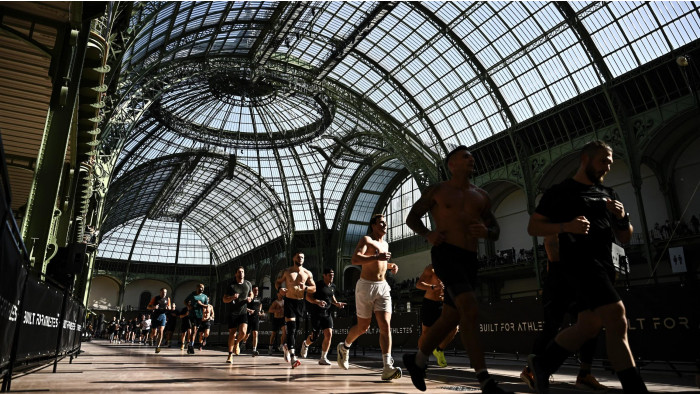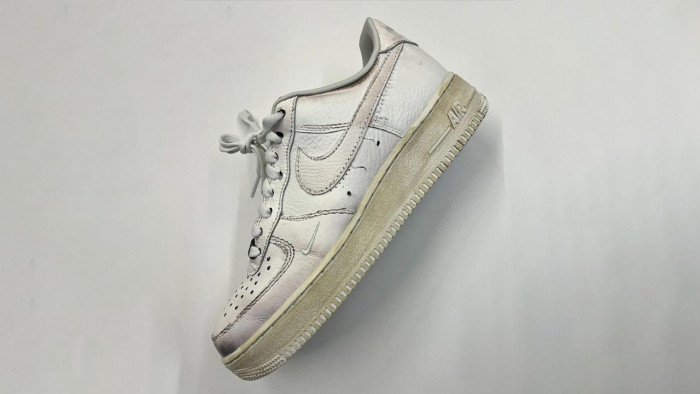Hit the weights the correct way to see rapid results, says ShortList’s Ben Isaacs
There’s more to building muscle than just aimlessly picking up the heaviest weights in your gym. In fact, even if you’re spending a lot of time in the gym, you may not be progressing if your approach is wrong. We asked personal trainer Barry Stalker (pro-trainer.co.uk) how to tackle weights with maximum efficiency.
Forced reps
Do this: “This is when you complete X number of repetitions by yourself and a ‘spotter’ helps you complete more reps, allowing you to break down muscle tissue further. The most popular exercise for this is the bench press. Having a spotter on this will not only allow you to complete more repetitions but it is also safer.”
Avoid this: “A forced rep should still be defined by you lifting the weight. I have spotted a few guys in the past when I seemed to be lifting more and more of the weight. This is counterproductive.”
Drop sets
Do this: “If you train by yourself, these are a way to train harder yet keep injuries at bay. If you perform bicep curls with 14kg dumbbells and start to fail on rep six while your technique gets worse, drop to a set of 12kg dumbbells, enabling you to perform another four to six reps. Drop sets can apply to any exercise in the gym.”
Avoid this: “Only decrease the weight by a small amount. If you’re curling a set of 18kg dumbbells, there is no point dropping to 6kg. You still want to load the muscle fully but with just a little less weight.”
Negatives
Do this: “You’ll need a spotter. Perhaps the best way to build muscle using this method is leg extensions. Again, perform X number of reps until you can’t carry on – this is where the spotter comes in to play. They will lift the weight up from you quickly, which you then have to lower – the negative part of the movement – even slower than normal. Doing so will push more blood into the muscle, creating more growth.”
Avoid this: “Just because you have somebody assisting with the negative part, it should still be controlled as you are effectively only doing 50 per cent of the movement. This will lead to a less significant gain in growth.”
Supersets
Do this: “A great superset is an incline dumbbell press of about eight to 12 reps until failure. Once you have completed this, drop the bench from 45 degrees to a flat position and go straight to flat dumbbell presses. Endurance comes into this more than normal, as you are effectively doing two straight sets with little or no break.”
Avoid this: “Supersets are very challenging, as the duration is long, but you should still complete every rep fully as it is pointless to perform the first part with great form and then decline in technique as you move on to the second.”
Rest/pause
Do this: “This can be used on practically any exercise, but is especially handy for bigger lifts such as deadlifts, bench presses and squats. Complete as many reps to failure as you can within the eight to 12 rep range. For example, if you fatigue at seven, rack the weight, take a few deep breaths and start again within five seconds. This allows you to achieve a further few reps, meaning more muscle-tissue breakdown.”
Avoid this: “The period in which you rest should be short. I have seen plenty of people do the reps then rest for too long. The point of the rest/pause is to stimulate as much muscle tissue as possible but with the added benefit of being able to do so without a training partner or spotter.”
(Image: Getty)
Latest
Related Reviews and Shortlists


The best whisky taste tested









